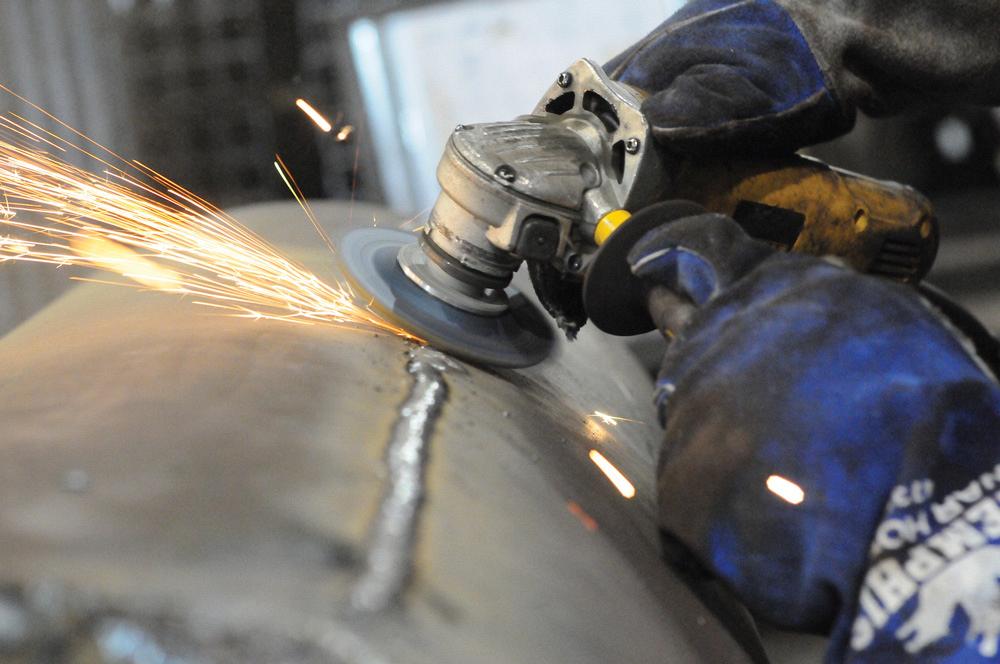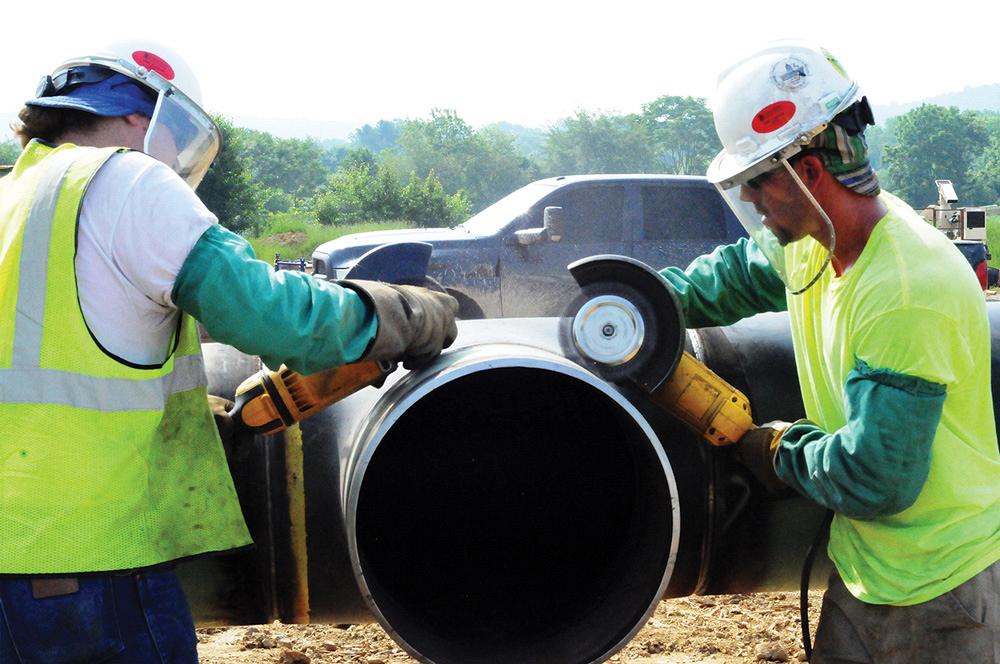Power tool cleaning shall be done by mechanical striking tools, chipping hammers, grinding wheels or rotating steel wire- brushes. Excessive burnish of surface shall be avoided as it can reduce paint adhesion. On completion of cleaning, the detached rust mill scale etc. shall be removed by clean rags and /or washed by water or steam and thoroughly dried with compressed air jet before application of paint.

Manual or hand tool cleaning
Manual or hand tool cleaning is used only where safety problems limit the application of other surface preparation procedure and hence does not appear in the tables of paint systems.
Hand tool cleaning normally consists of the following:
- Hand de-scaling and/ or hammering
- Hand scraping
- Hand wire brushing
Rust, mill scale spatters, old coatings and other foreign matter, shall be removed by hammering, scrapping tools, emery paper cleaning, wire brushing or combination of the above methods. On completion of cleaning, loose material shall be removed from the surface by clean rags and the surface shall be bushed, swept, dusted and blow off with compressed air/steam to remove all loose matter. Finally the surface may be washed with water and dried for effective cleaning.

Preparation grades. Scraping and wire-brushing
It is assumed that prior to treatment the steel surface has been cleaned of dirt and grease, and that the heavier layers of rust have been removed by chipping.
- St 2 Thorough scraping and wire-brushing – machine brushing – grinding – etc. The treatment shall remove loose mill scale, rust and foreign matter. Finally, the surface is cleaned with a vacuum cleaner, clean dry compressed air or a clean brush. It should the have a faint metallic sheen. The appearance shall correspond to the prints designated St 2.
- St 3 Very thorough scraping and wire-brushing – machine brusing – grinding – etc. Surface preparation as for St 2, but much more thoroughly. After removal of dust, the surface shall have a pronounced metallic sheen and correspond to the prints designated St 3.
